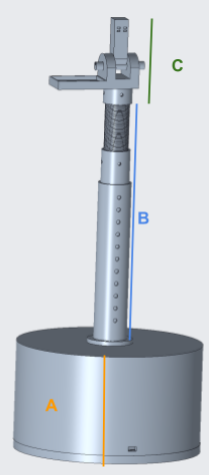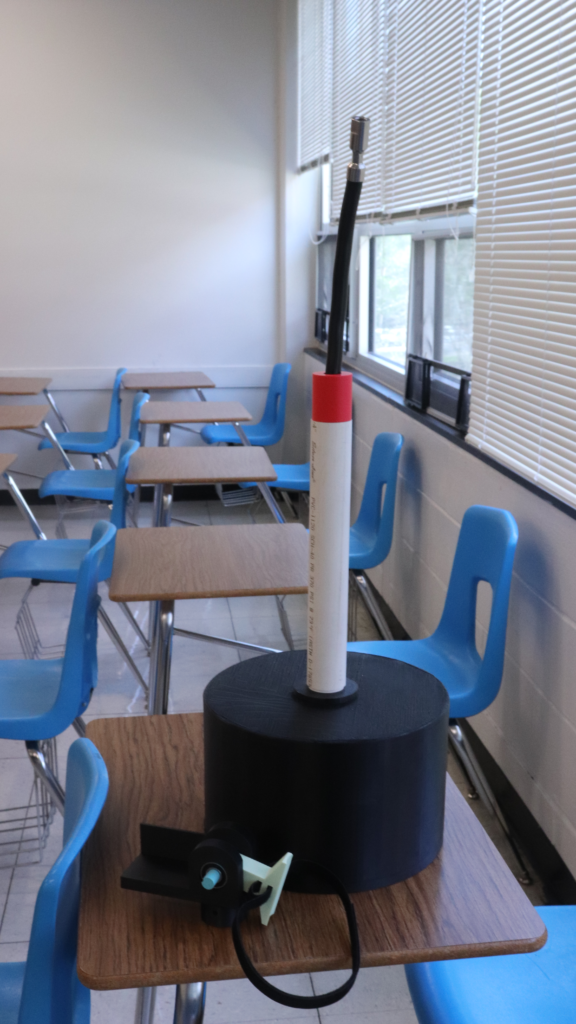For many people, blow drying your hair is a small task overlooked by many. But for a person with disabilities blow drying your hair can be a necessary but almost impossible task.

In January Allison Royer, a mechanical engineering student, submitted a project idea for an oscillating hair dryer holder as part of an assignment. She didn’t know that by March her and a team would be designing and creating a fully functional prototype.
The idea for this design came out of necessity. Royer’s mother suffers from lupus, meaning that holding a hair dryer for extended periods of time is a tedious and painful task. Royer found that the current solutions for this were slim. Many current options are stationary stands, requiring the user to constantly move their body and head while drying their hair.
“After a while it can become very dehumanizing for someone to go through that much work to do a very basic self care activity,” said Royer
See how the prototype will work and who could potentially benefit from it in the video below.
The protype has two areas of motion, allowing it to turn and twist. At the base of the devise it will oscillate back and forth, and the head will oscillate up and down. The shaft will have height adjusting options and will have a bend and stay arm at the top to adjust for angles.

The hair dryer will attach to the device with Velcro allowing for universal use and the possibility to be used for other purposes if needed.
The team of four had different engineering focuses and used their individual skills to create a working design.
This prototype has been designed from scratch and was built on campus using the 3-D printers provided by the school. The team was given $150 to purchase things the school does not provide; this was used to buy the two motors.
During their classroom presentation the prototype was assembled and was functioning. Royer plans to continue modifications outside of the classroom and is working to patent the design.


